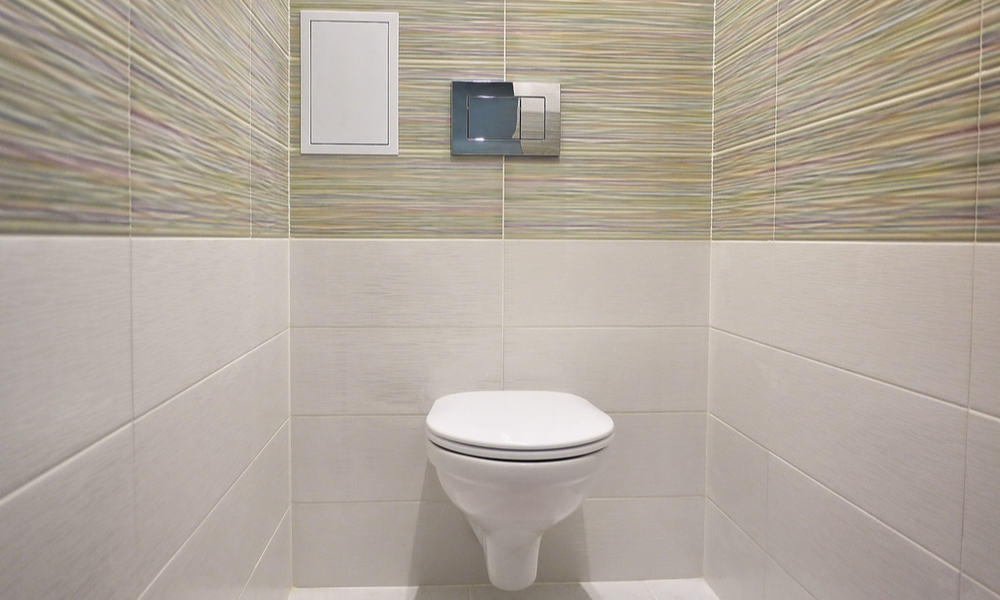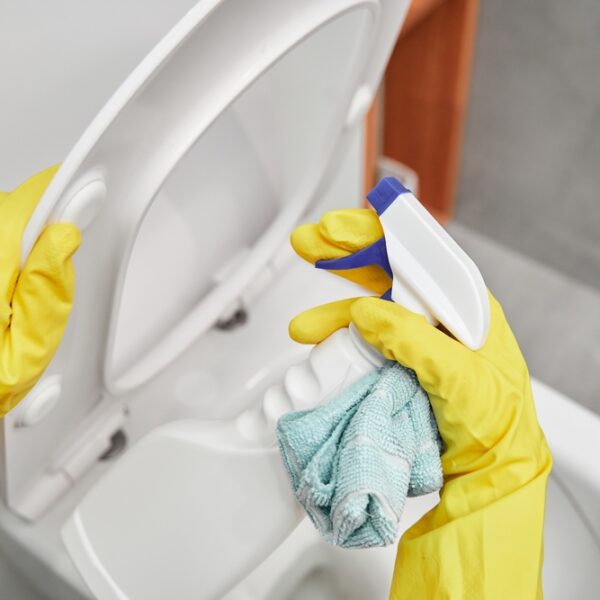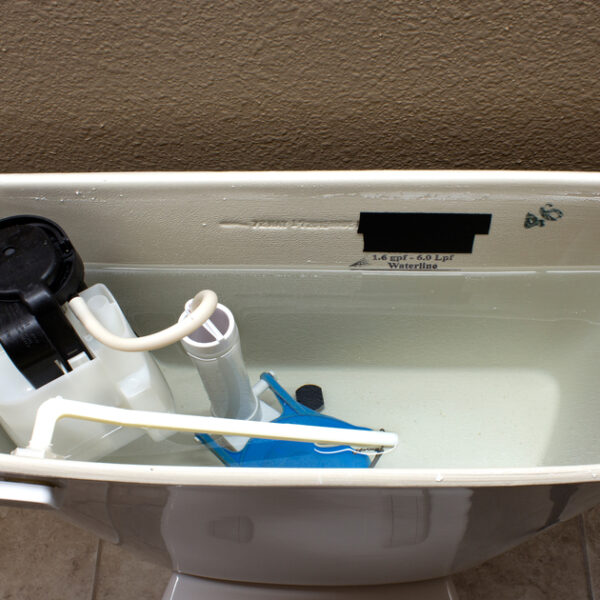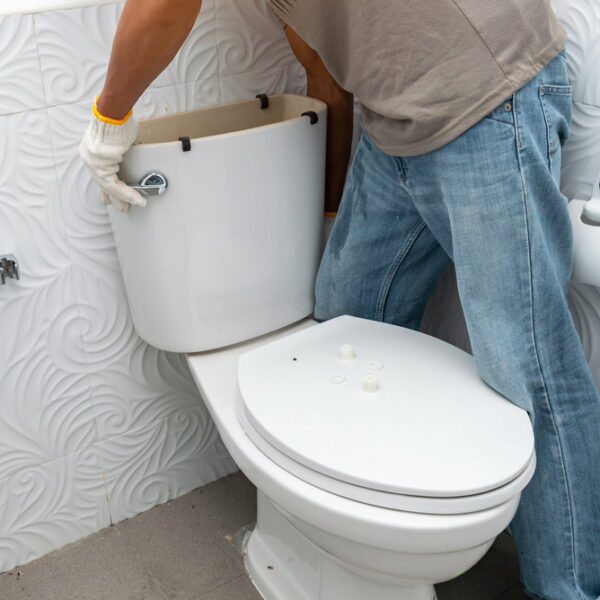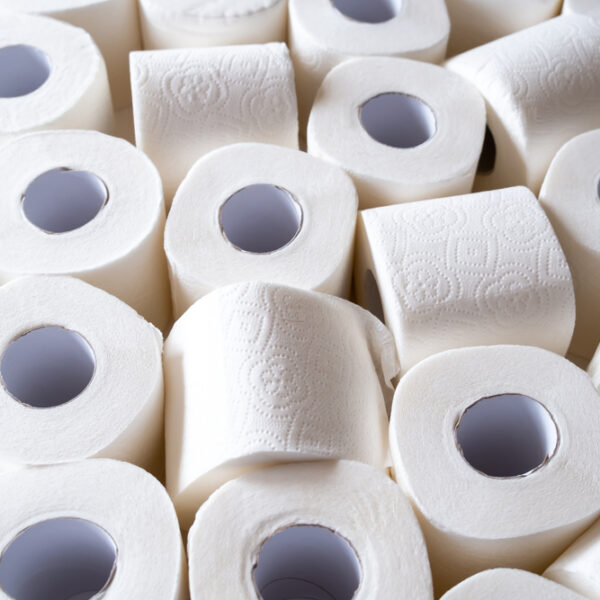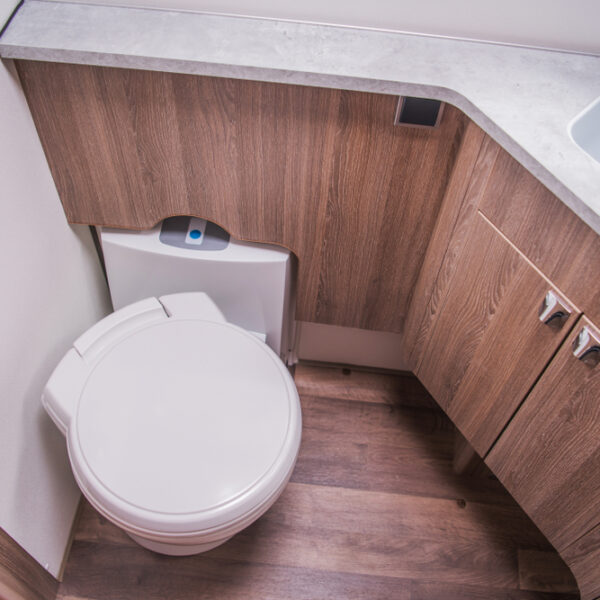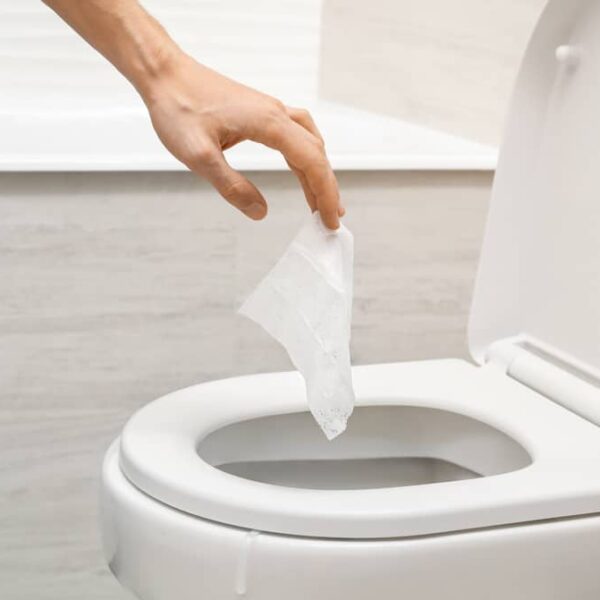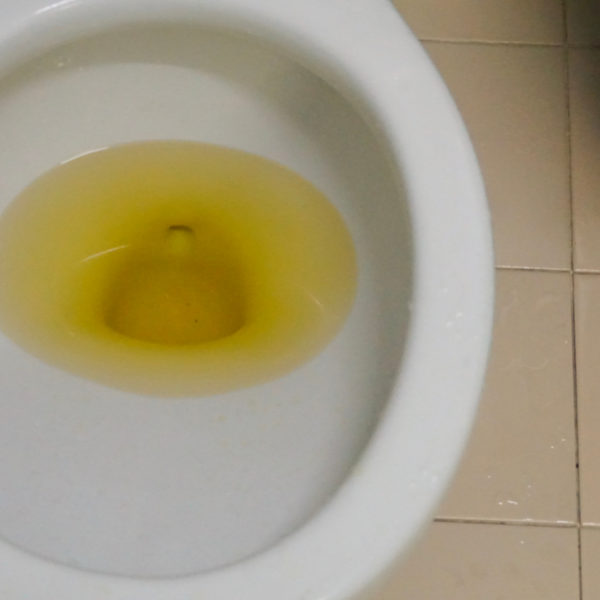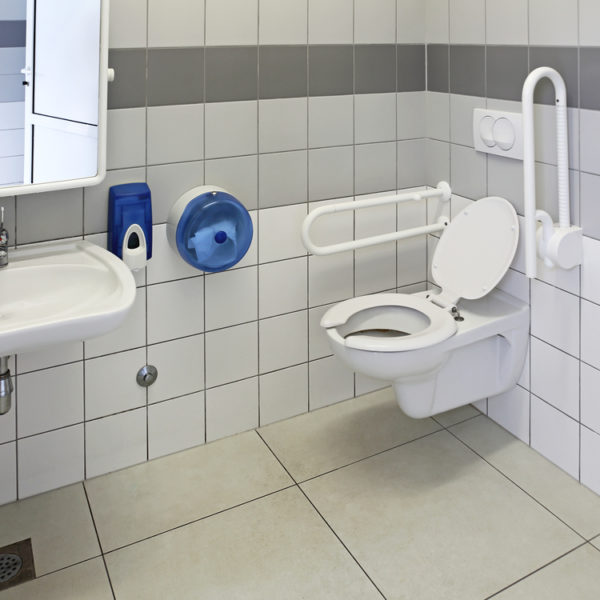Every language has euphemisms regarding bathrooms and private parts. We rarely describe them by their given names. For toilets especially, we say cryptic things like:
- I’m going to see a man about a horse.
- I’m going to the powder room.
- I need a Number 1 (pee) or Number 2 (poo).
- I need to use the little girls’ / little boys’ room.
Why toilet terms are considered obscene is a whole different discussion. Today, we’re wondering… why us a toilet called a John … as opposed to a Peter, Tom, or Lila?
Indoor Plumbing
In ancient ties, we all relieved ourselves outside. Guys could slip behind a tree while girls had to find deeper seclusion. And most of us would bury the mess after. Then the Romans started using public bathhouses that emptied into the sewers beneath the city. They sometimes got so bad that spontaneous methane fires broke out, or rats from the sewers jumped up to bite you.
There was even talk of sewer demons that had people praying before they went potty in public. As for bathing, there was no shower filter or even running water. Many people simply bathed in the river or lake. Later, royalty brought their toiletry indoors, especially around the 1600s.
The flushing toilet was around way before the 15th Century. There are examples in Ancient Egypt, for example. But in the late 1500s, the first popular indoor toilet came into use. It was invented by Sir John Harrington, a poet sometimes known as Queen Elizabeth I’s Saucy Godson.
The Queen has 101 other godchildren, but only one made her ‘stercus’ go away. That’s an old English word for s**t, and this particular godson was well known for stirring it up. Sir John, was an inventor, both of bathroom accessories and controversial rhymes. His poetry would often get him exiled, though he always came back, and one piece is particularly important.
From Jake to John
Before they got their modern name, toilets in England were called Jakes, or sometimes Cousin Johns, no relation to Sir Harrington. So when he invented a flush toilet, he named it Ajax, a play on Jacks. He then wrote a satirical book about it called A New Discourse upon a Stale Subject: The Metamorphosis of Ajax. It claimed to be a toilet manual but had political undertones.
In particular, the story had veiled references to the Earl of Leicester, so John got exiled. Again. But by now, the Queen had one of his toilets, there was one in Sir John’s home, and a few other nobles had one too. The toilet was only flushed after about 20 uses, and consumed 7.5 GPF.
The toilet was also really noisy. Some say it was so loud the Queen was unwilling to use it! But her godson still secured his name in history and bathroom nomenclature. A few centuries later, a plumber named Thomas Crapper improved Sir John’s invention, developing the porcelain thrones of today. He didn’t have to re-invent the water closet – he just tweaked it.
Crapper invented the toilet flapper valve, which made toilets quieter and more efficient. He almost had a monopoly on toilets in the 1800s, and he embossed his company name – T. Crapper & Co. on all his toilets. They were stylish and high quality, so many people loved them.
Enter the Crapper
A lot of people assume Thomas Crapper lent his name to the toilet. And for a while after World War I, American vets started calling toilets ‘crappers’ because all the toilets in the UK had ‘crapper’ written on them. But the word ‘crap’ itself is older. It was used in the middle ages.
Back then, ‘crap’ meant ‘rubbish, garbage, chaff’. It had no relation to Thomas Crapper, who wouldn’t be born for several centuries. While we’re discussing toilet inventors, we often forget about Alexander Cumming, a watchmaker from Scotland. He held the first toilet patent.
He invented the S-trap in 1775, which made toilets a lot less smelly. How? Well, there’s always water in the S-trap, and this water grabs gases from the sewers and dissolves them so they don’t float up the bowl and stick up the rest of your bathroom. We don’t call toilets ‘Alex’ though.
Later, Joseph Bramah improved on Cumming’s design. He got his patent for the ‘first usable water closet’ in 1778. But we don’t call them Joes either, because these two designs didn’t achieve commercial acclaim. That didn’t arrive until Thomas Crapper & Company Limited.
Toilets sometimes share a room with your bathtub or shower enclosure. They’re designed in various heights. Kids need them lower, to accommodate their lack of height. Conversely, seniors have problematic joints. They may prefer toilet seat riser or and grab bars installed on the wall.
They also come in various shapes, colors, and materials, mostly vitreous china. You can buy water-conserving models that have dual-flush mechanisms and use less than a gallon per flush. Some of today’s toilets have built-in bottom-rinsing bidet toilet seats and seat warmers.
Other Toilet Names
Aside from Jakes, Johns, and Potties, there are lots of other names for toilets. These include loo in the UK and dunny in Australia. In indigenous languages, people sometimes say – in their vernacular – that they’re going ‘help themselves’. It’s largely a localization of ‘relieve yourself.’
And of course, the process of ‘using the loo’ has changed over time. In Old England, people would use chamber pots overnight. These were then emptied out the window after yelling ‘Gardez L’eau’ which later became ‘Gardyloo’. It meant, ‘Incoming! Sewer Water! Duck and Run!’
In richer homes, special workers would visit the house, empty the sewers, and pour the mess into the Thames. Today, sewer waste is usually treated at plants before being recycled or redirected, often to the bottom of the ocean. Toilet design hasn’t changed much though.
We’ve improved aesthetics. You can buy a corner toilet to stop it from blocking your bathroom door. It’s the ideal compact toilet for small space. Or you could buy a dry composting toilet. Interestingly, the term ‘Water Closet’ was used to contrast it to ‘Earth Closet’ outhouses.
Also, fun fact. The way your sink drains depends on whether you’re in the north or south half of the planet. Northern sinks drain clockwise. Southern sinks drain counter-clockwise. Equatorial sinks drain straight down. This doesn’t apply to johns, whose flushing direction is controlled by jets, valves, traps, and flushers. Many modern toilets have electrical power flushing as well.
It’s not a Sexist Thing
Some people may feel a certain… gender imbalance … in the way toilets are named. It’s not intended – they were named after whoever invented them. And at the time, women didn’t have many opportunities to invent things. Today, the john faces other issues, especially in the US.
Some contemporary spaces have unisex toilets that anyone can use, regardless of gender. Trans activists push bathroom bills to allow them safety and comfort in public restrooms. So what do things look like in your john? Send us a photo in the comments… but be sure to clean it first!
